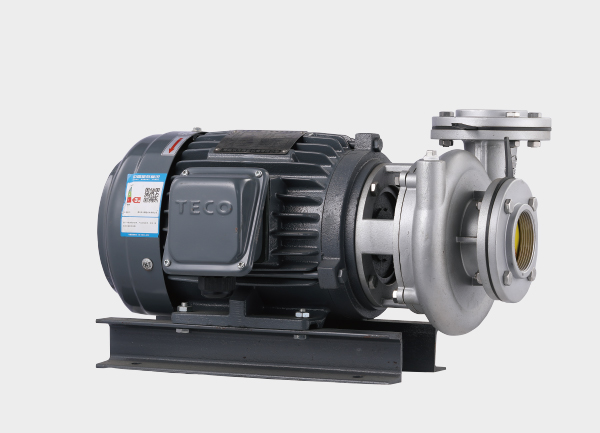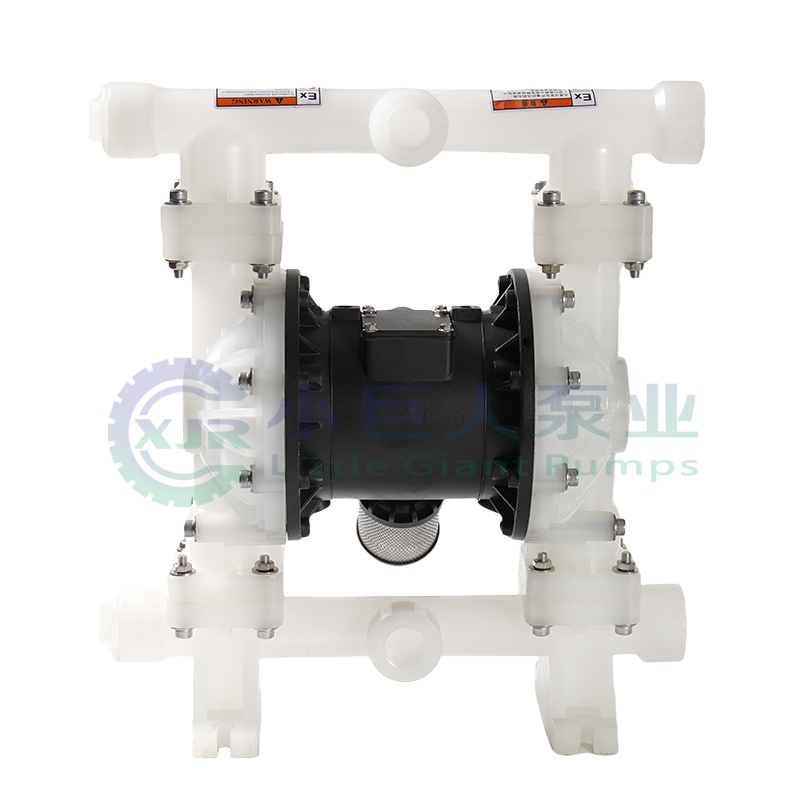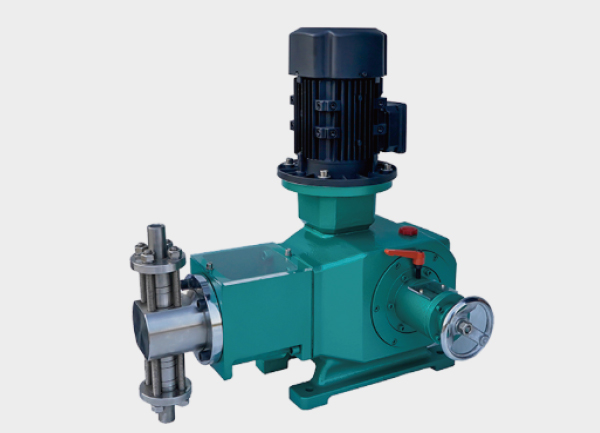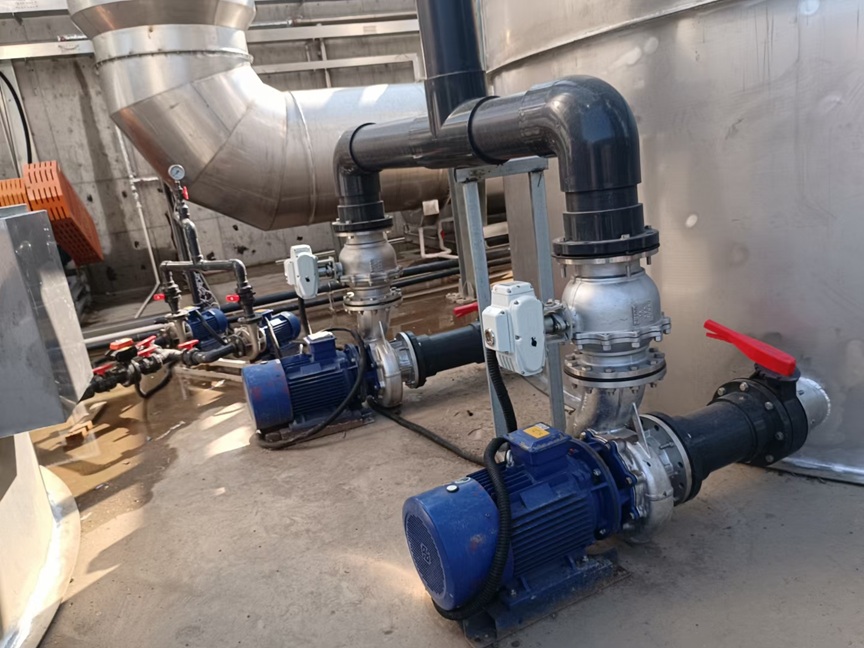1. Working Principle – Understanding “Why It Can Pump Oil”
A gear pump operates on the principle of volume change creating a pressure difference. It is a type of positive displacement pump that moves liquid by trapping a fixed amount of fluid in the gear teeth and forcing it through the discharge port.
The process can be divided into three main stages:
1. Suction Stage:
When the motor drives the driving gear, it engages the driven gear, causing it to rotate in the opposite direction. On the suction side, the gear teeth separate, increasing the chamber volume and creating a local vacuum.
2. Liquid Intake:
Due to atmospheric pressure, liquid from the tank flows into the expanding cavity through the suction port, filling the spaces between the gear teeth.
3. Discharge Stage:
As the gears continue to rotate, the trapped fluid moves around the casing to the discharge side. When the gears mesh again, the chamber volume decreases, forcing the liquid out of the discharge port and into the piping system.
Key Design Detail – Pressure Relief Slot:
To prevent the “trapped oil” phenomenon—where closed cavities between meshing gears cause pressure spikes or cavitation—gear pumps are designed with unloading (relief) grooves on the pump casing or cover to balance internal pressure.

2. Core Characteristics – What Makes Gear Pumps Unique
Simple Structure, Easy Maintenance
A gear pump consists of only a few major parts: driving gear, driven gear, pump casing (with suction and discharge ports), end cover, and shaft seal.
There are no cams, plungers, or complex moving parts, resulting in fewer failure points and quick maintenance—typically under one hour without special tools.
Stable Flow with Low Pulsation
Flow rate depends directly on the gear speed and gear module. When running at a stable speed, the output is almost pulse-free.
Typical flow pulsation is ≤5%, far lower than plunger pumps (10%–20%).
Ideal for applications requiring precise and stable flow, such as machine tool lubrication and hydraulic oil supply systems.
Wide Fluid Compatibility
Gear pumps can handle a wide range of viscosities, from 10 cSt (low-viscosity hydraulic oil) up to 10,000 cSt (heavy gear oil or asphalt).
They can also tolerate small solid particles (≤0.1 mm), as the gear clearances allow minor impurities to pass without clogging—a common issue in centrifugal pumps.







